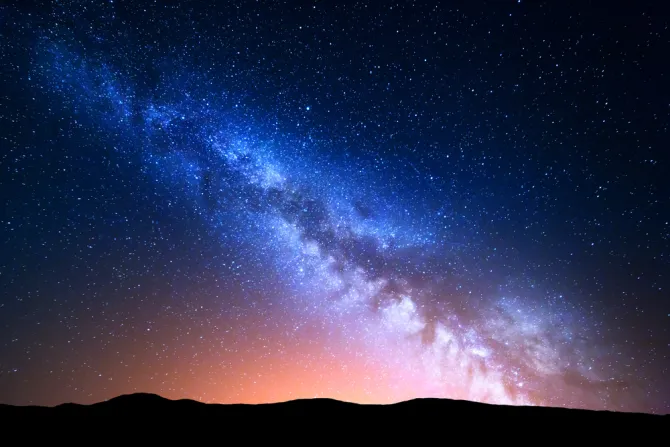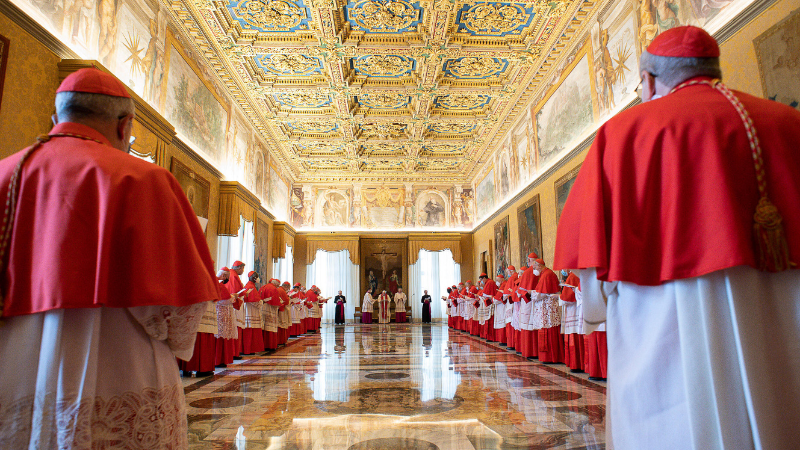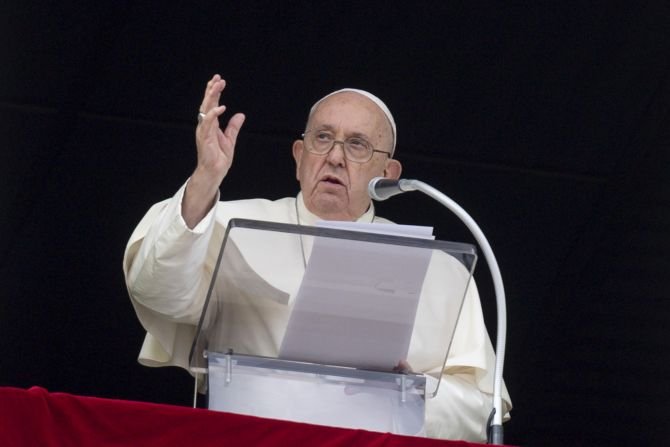Astronomers gathered at the Vatican Observatory this month to hear the results of major research into thousands of previously hidden galaxies that the Milky Way has long obscured.
A press release from the Vatican’s astronomical research station said astronomers gathered there earlier in October “to present the latest results of a deep survey of the heart of the Milky Way,” known as the VISTA Variables in the Via Lactea extended (VVVX) survey.
Astronomers have long been frustrated by what is known in celestial science as the “Zone of Avoidance,” a patch of the sky in which our own Milky Way galaxy blocks out galaxies and other objects.
A variety of stargazing techniques have been developed and attempted over the years to try to peer through this region of the sky in order to see the universe beyond it.
Using sophisticated new technology, the VVVX team were “able to peer through the dust and see even distant galaxies on the other side of the Milky Way,” the observatory said in its announcement.
Among the findings presented at the conference at the Vatican was “a new catalog of nearly 20,000 never seen before galaxies just behind the plane of the Milky Way,” the Vatican said, which allowed astronomers to “discover structures in the universe” normally hidden behind our galaxy.
Among the other findings, the Vatican said, was research on “hyper-velocity stars” in the Milky Way; these stars are “moving at velocities larger than 2 million kms/hr” and are thought to have generated such immense speeds after encounters with the supermassive black hole at the center of the Milky Way.
As well, scientists shared findings on “a new kind of variable stars in the nuclear disk of the Milky Way”; these objects “have wild changes in brightness” never before observed in other stars. They have been dubbed “dipping giants” by astronomers.
The findings at the October conference “pave the road for a better understanding of the structure of the Milky Way and the formation of all galaxies in general,” the Vatican Observatory said.
Long a major center of astronomical research, the Vatican Observatory’s roots date back to the 16th century, according to the Vatican.
Located outside of Rome at the papal summer residence of Castel Gandolfo, the observatory “supports a dozen priests and brothers … from four continents who study the universe utilizing modern scientific methods.”
The observatory also works with scientists at major astronomical institutions around the world,” the Vatican said.
This article was originally issued on CNA.







